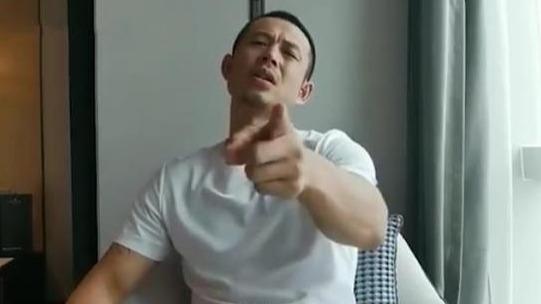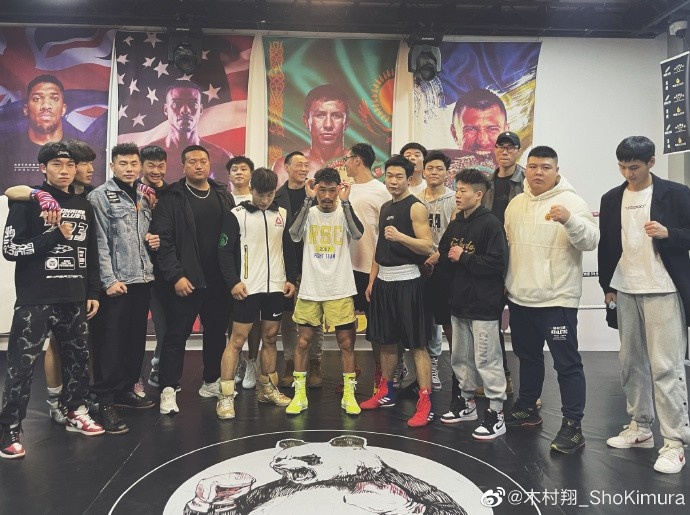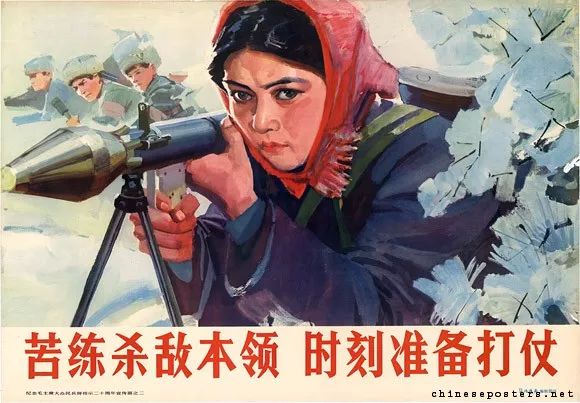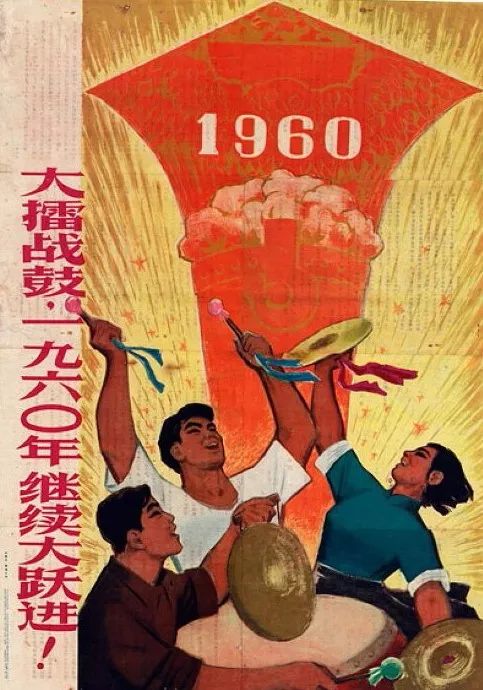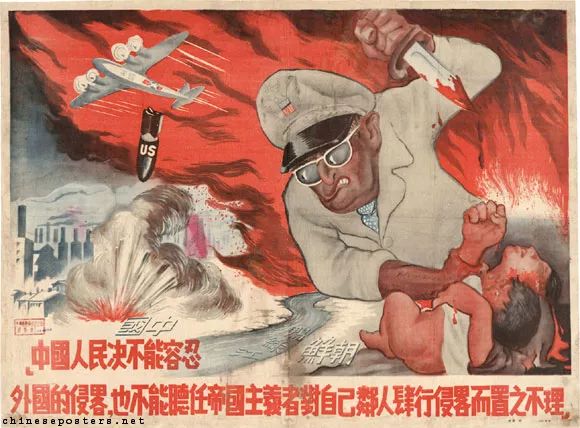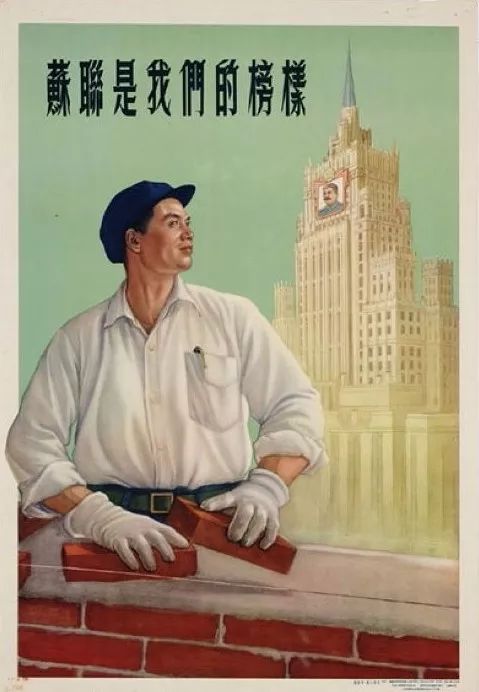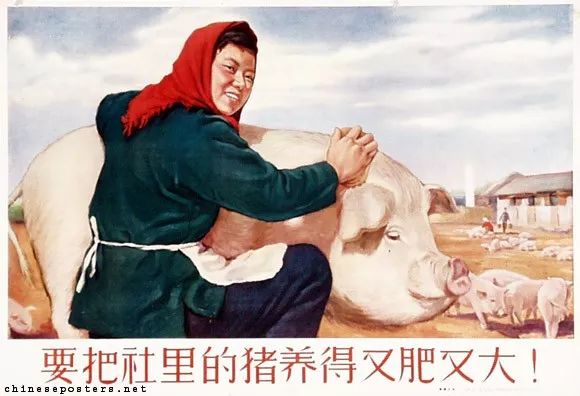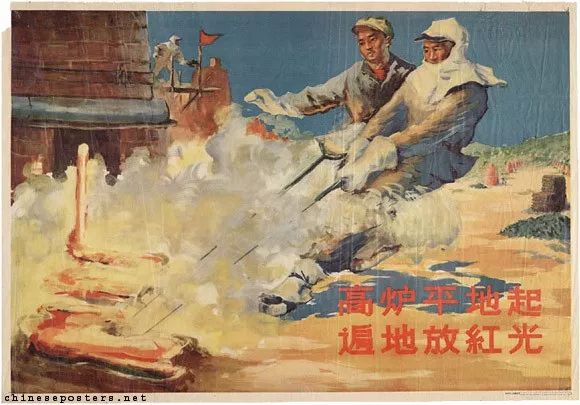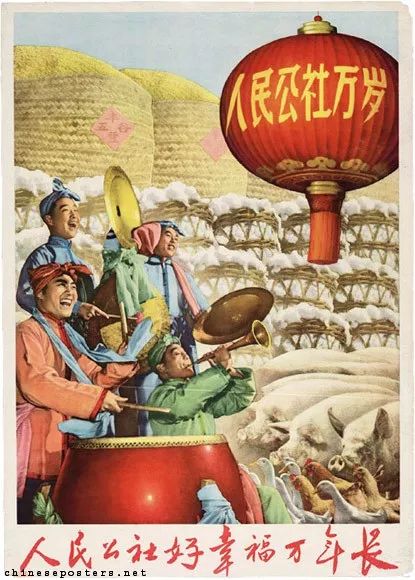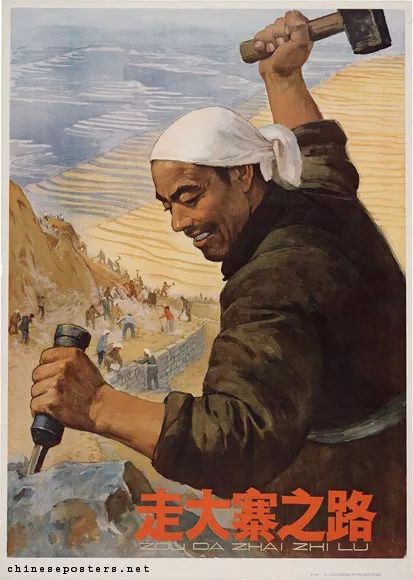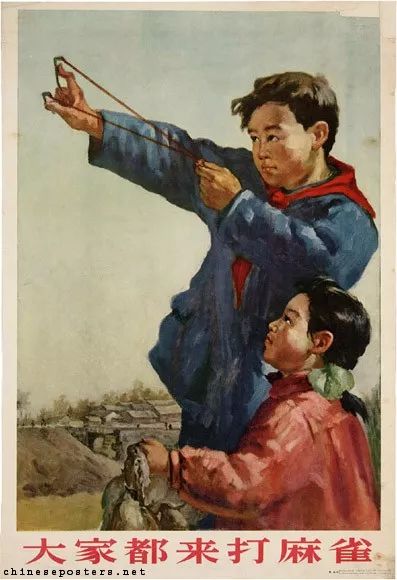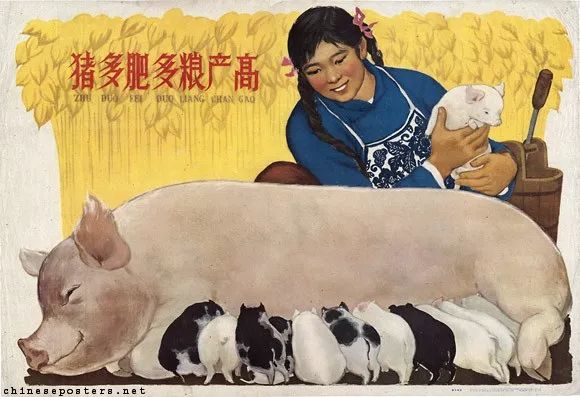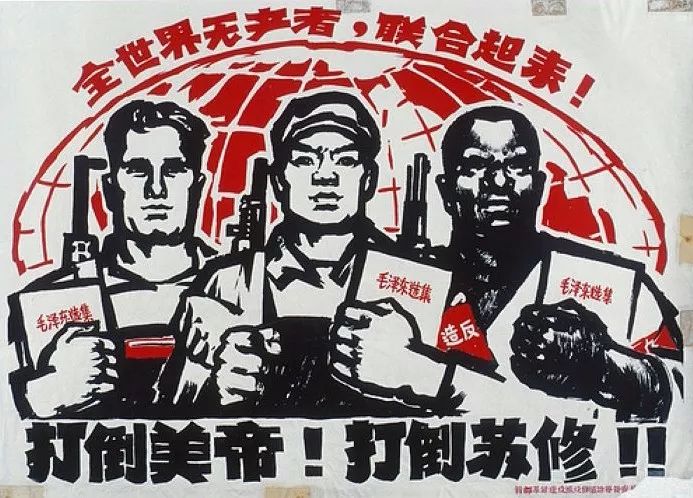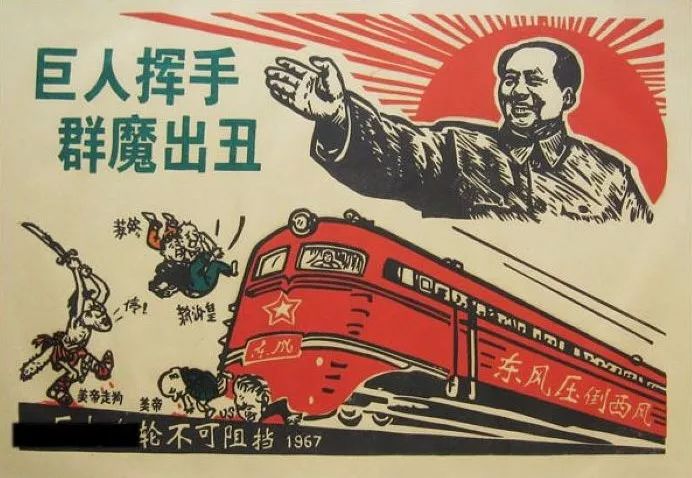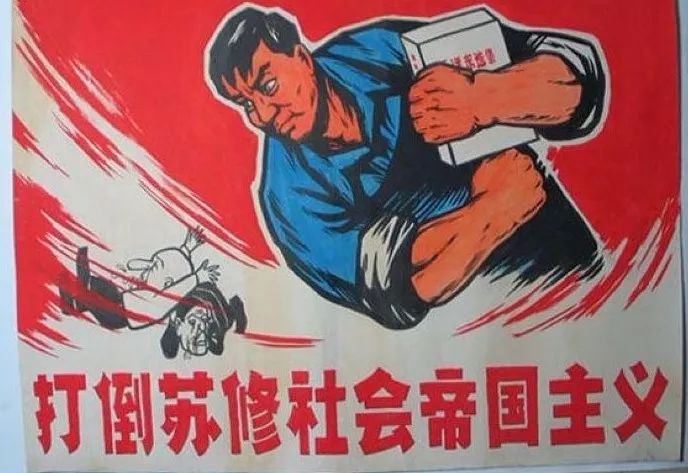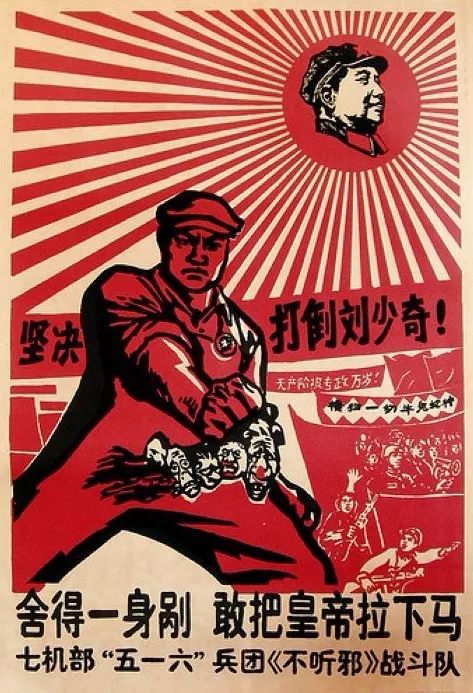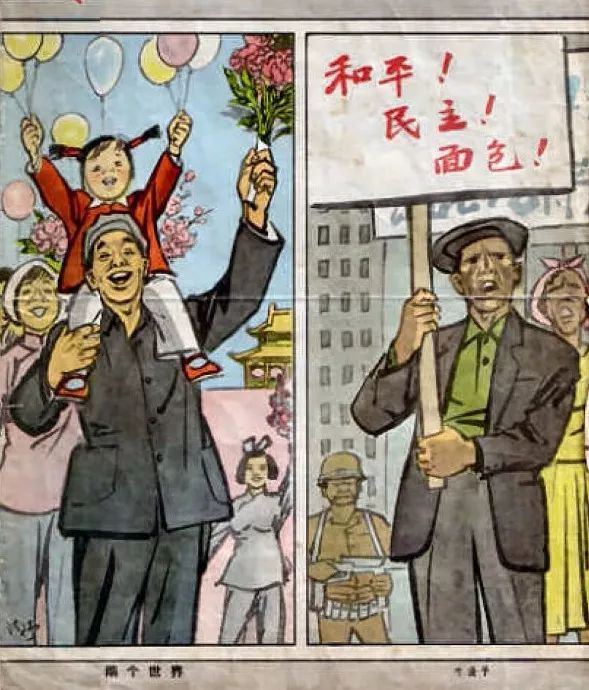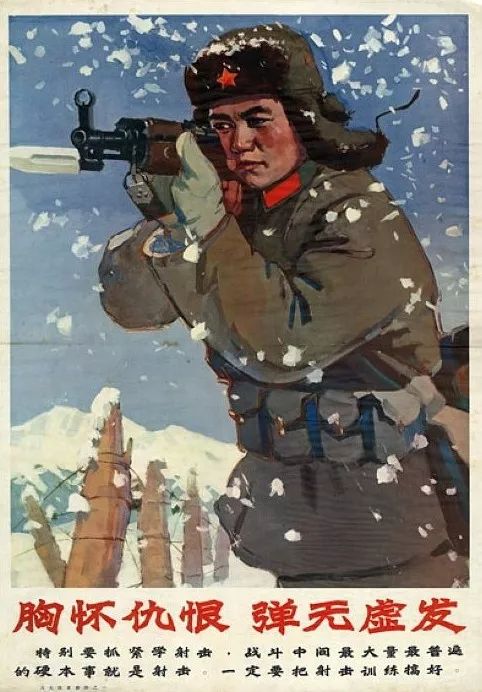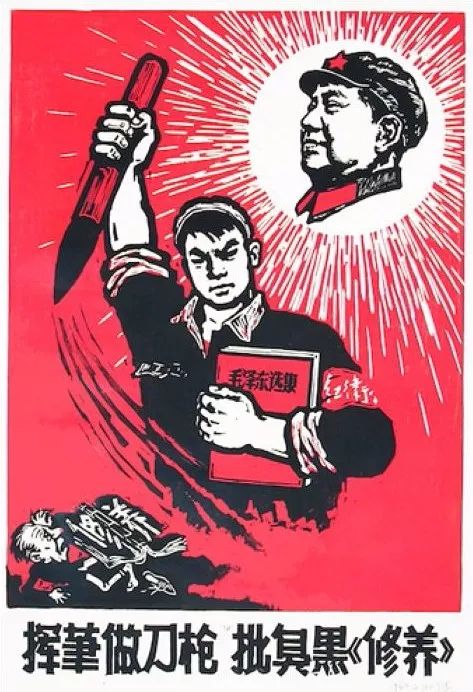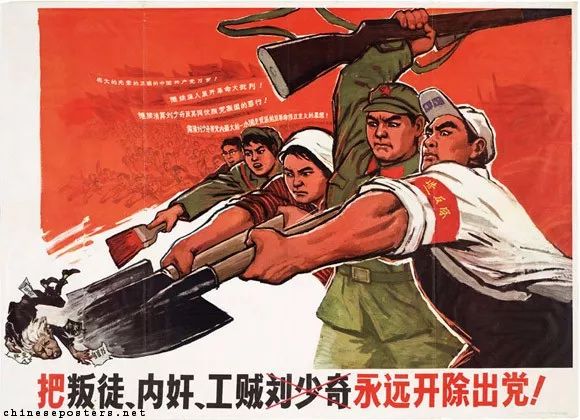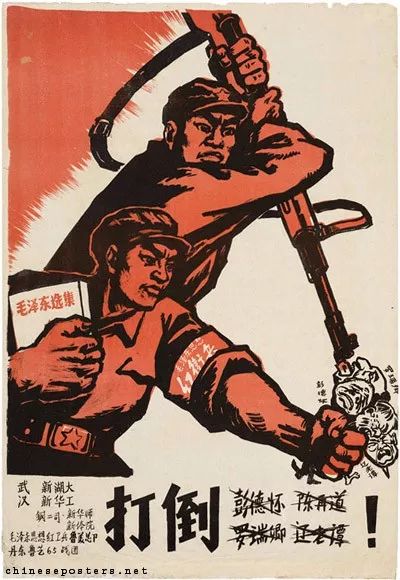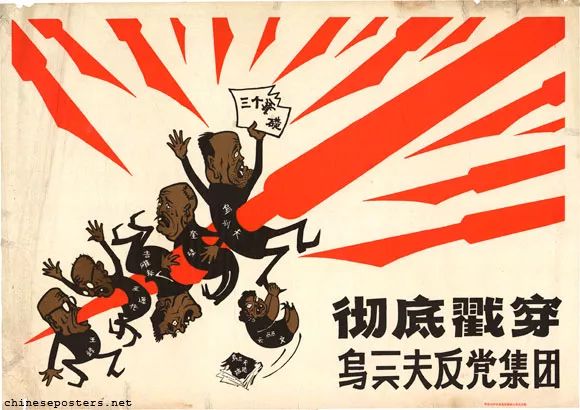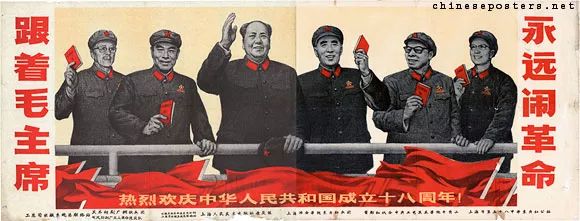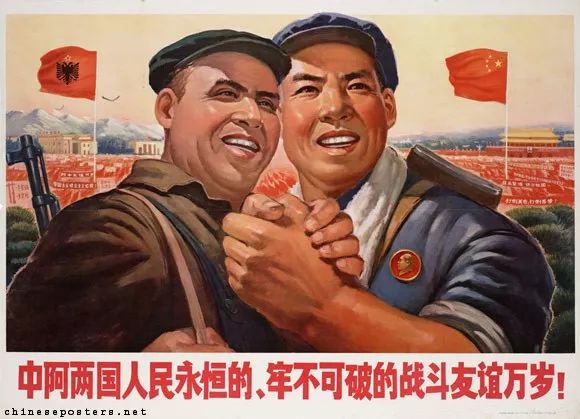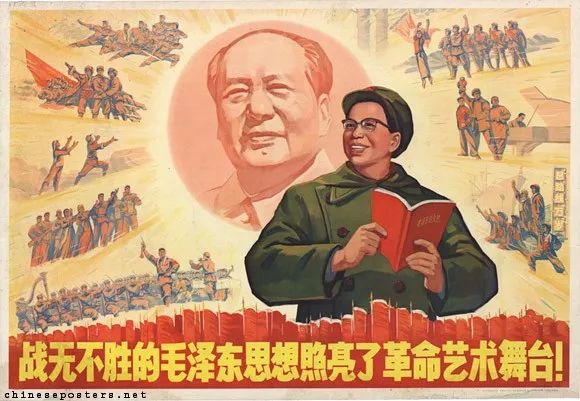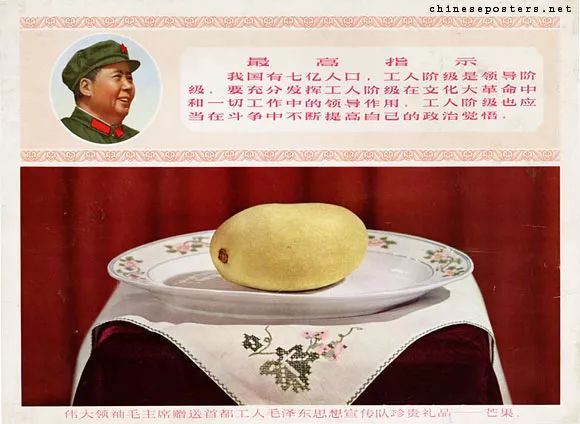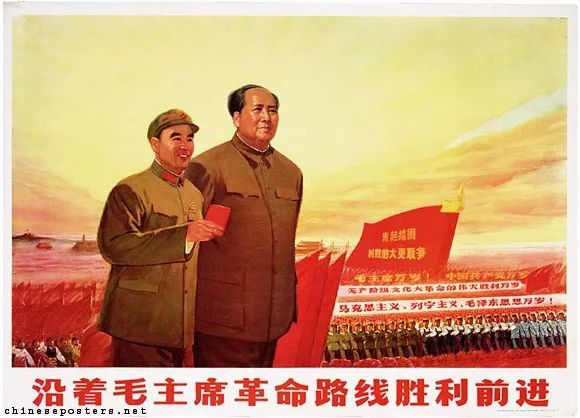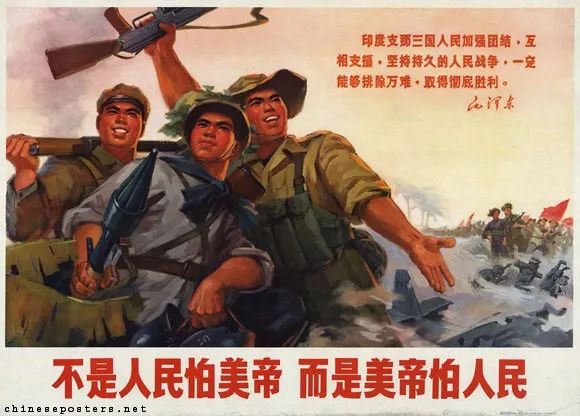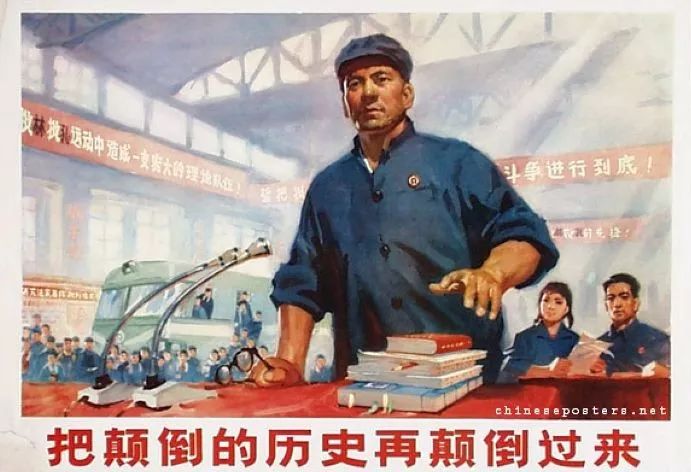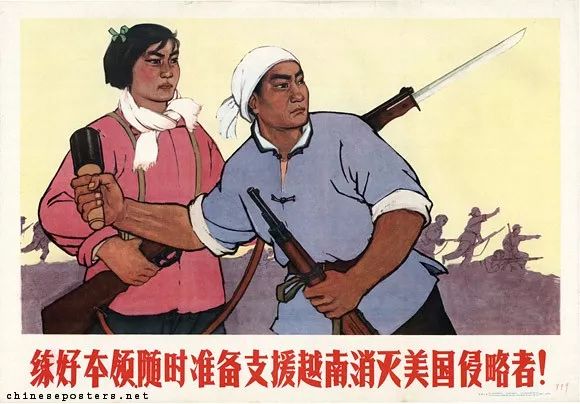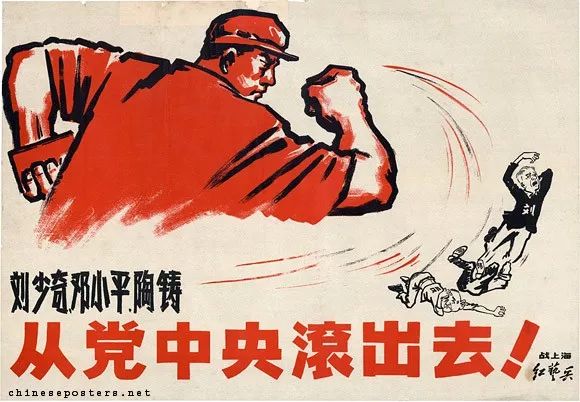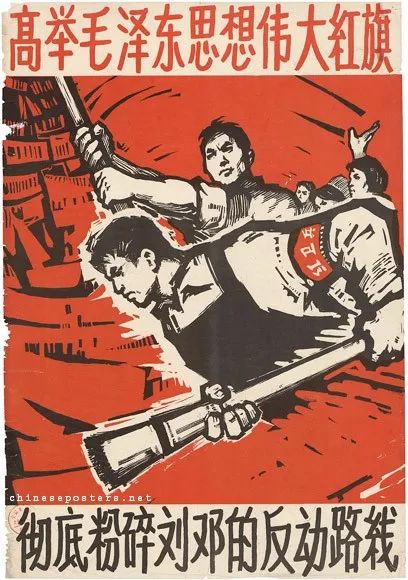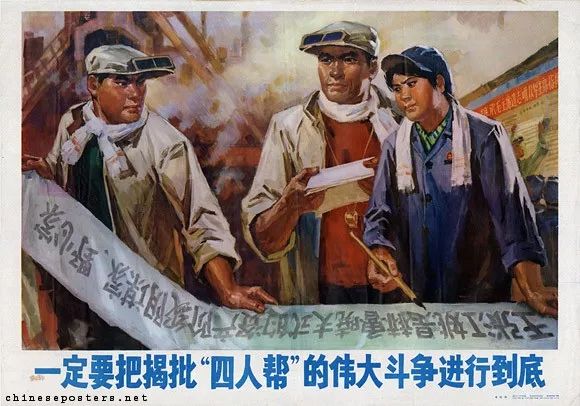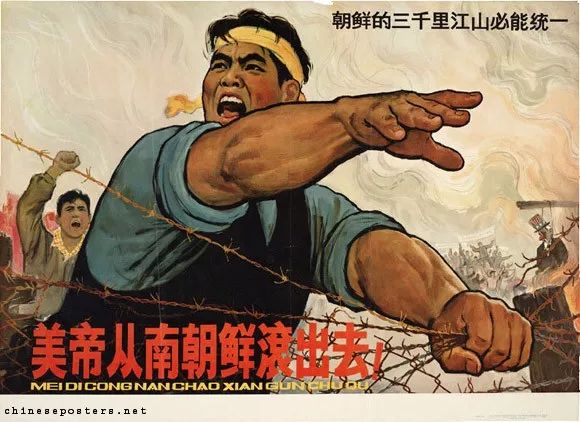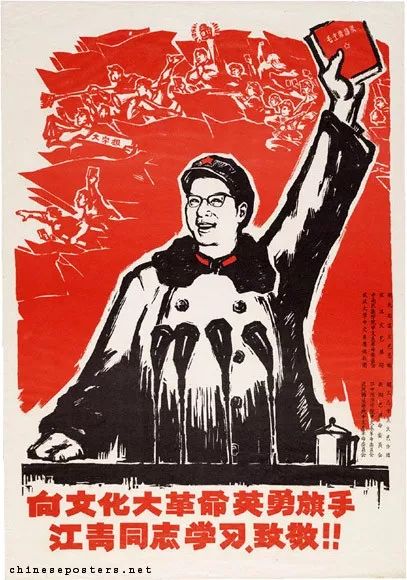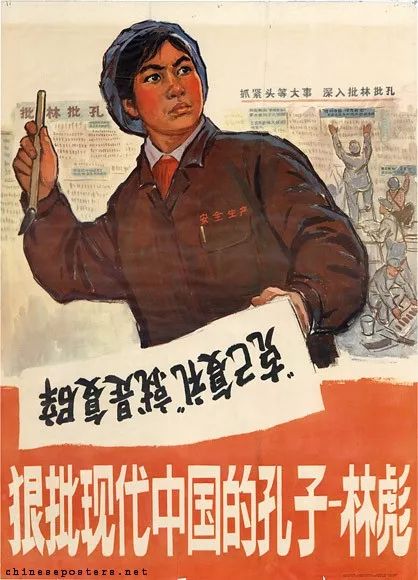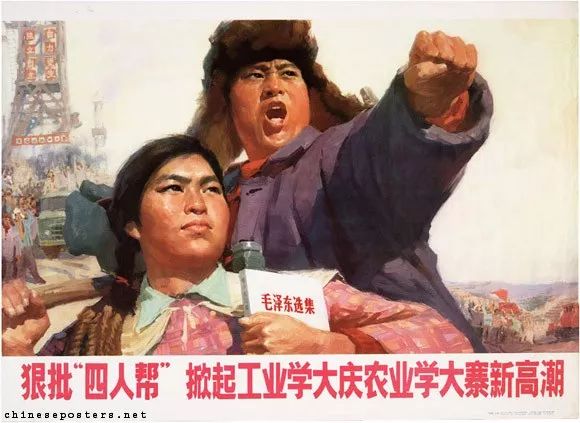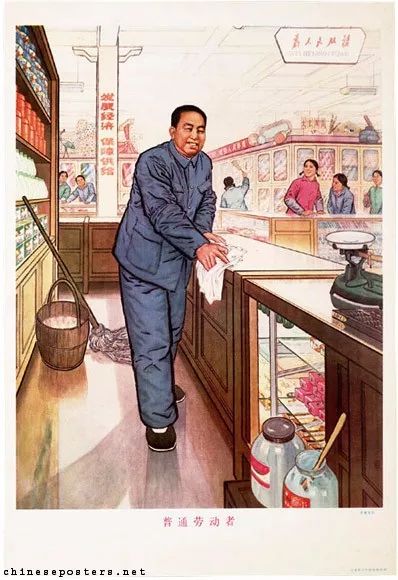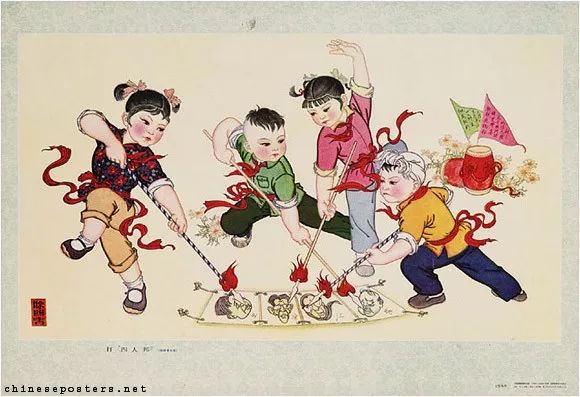China’s covid strategy has been to identify and interrupt community transmission through swift containment measures, sometimes for whole cities. And, despite already vaccinating over 75% of the population, it seems to be sticking to this approach. Andrew Silver asks why
Maintenance of containment has greatly reduced the impact of covid-19 lives lost and socioeconomic progress, wrote researchers including George Gao, head of the Chinese Center for Disease Control and Prevention (CDC), in Nature Medicine in April.1
Covid-19 measures led to the closure of Shanghai Disneyland, and testing was required before the guests already inside were allowed to leave.2 The government has also built a 5000 room quarantine facility on the outskirts of Guangzhou to house domestic and international travellers for at least two weeks of quarantine.3
In their paper,1 Gao and colleagues wrote that public health measures for covid-19 could change with the introduction of vaccines in China and elsewhere.
“PCR testing strategies will be adjusted to fit the changing epidemiological situation in China—probably one in which few or fewer non-pharmaceutical interventions will be needed for effective epidemic control,” the authors wrote. “Throughout 2020, PCR testing served the public well, helping to make and keep China nearly free of SARS-CoV-2 and providing socioeconomic space and time for vaccine development and long term prevention and control of covid-19.”
Today, however, China has already fully vaccinated over one billion of a total population of around 1.4 billion people, and some are wondering why measures haven’t changed. “Suppression strategies are not ‘solutions’ to covid-19 but rather ways to buy time, and fairly costly ones,” says Thomas Hale, a public policy researcher at Oxford University, UK, who leads a project that tracks government responses to covid-19 worldwide. “China has now vaccinated a large share of its population, so the question is, what is the value of buying more time?”
Immunity
Reuters has reported that Ruili, a border town and international transit hub in southwestern China, has had multiple outbreaks and disruptions, leading to a rare outburst against covid-19 restrictions from a former vice mayor, who wrote on social media that “the long term closure of the town has formed a deadlock in the town’s development.”4
Some say that China—a country ranked 177th for press freedom in 2021 by Reporters Without Borders5—may be balancing a number of factors, including public perception of the government and economic effects of SARS-CoV-2. “They want people to see them as being very confident and good at governance, and containing an outbreak is a very observable thing,” says Sean Sylvia, a health and development economist at the University of North Carolina at Chapel Hill, USA. “You’re not going to have a lot of people reporting on people facing economic hardship."
science development at China’s National Health Commission, told a health forum on the
sidelines of the China International Fair for Trade in Services in Beijing, “We will not relax
controls until we have reached a certain level of vaccine coverage. We will not relax controls
unless we make a judgment about the virus and how vaccination can guarantee the
effectiveness of adjusting epidemic control measures.”
By 5 November about 76% of China’s population were fully vaccinated, said a calculation by Reuters based on data announced by China’s National Health Commission.6 Only domestically developed covid-19 vaccines are approved for emergency use in the country.7 These use more traditional and easier to deploy technology, such as an inactivated virus, rather than mRNA vaccines, which have more complex supply chains. Sylvia and others think that shortcomings with vaccines or the vaccination rate could be delaying a change in China’s covid tactics.
Few publicly available studies have reported the efficacy of China’s vaccines, including those from two leading brands, Sinopharm and Sinovac, which are also exported abroad and which, alongside Pfizer-BioNtech, are the most widely used covid-19 vaccines in the world in terms of doses delivered.8 The available studies indicate lower efficacy levels than those of mRNA vaccines such as Pfizer-BioNtech’s (World Health Organization data suggested 51% effectiveness at preventing symptomatic disease with Sinovac’s CoronaVac and 79% with Sinopharm, compared with over 90% with Pfizer) and antibody levels that last three to six months.8
Wang Weibing, an epidemiologist at Fudan University in Shanghai, says that the main reasons people in China haven’t been vaccinated are concerns about efficacy or safety. Some others can’t be vaccinated because of underlying conditions.
The Sinovac and Sinopharm vaccines are approved by the European Medicines Agency and WHO, which emphasise that the drugs provide protection against severe disease and hospital admission. “The demand to get vaccinated is rather strong at our centres,” says Charles Poon, medical director of Raffles Medical China North Zone in Beijing. But he adds that “there is also quite a lot of interest and a waiting queue” for the Pfizer-BioNTech vaccine. The Wall Street Journal has reported9 that health officials delayed approval of the Pfizer-BioNTech vaccine because of concerns that it would hurt confidence in locally developed vaccines.
Sylvia says, “The Chinese government realises that there’s a lot of hesitancy in China and that the vaccine is not particularly effective or is [not] as effective as they hoped, which is why the other containment policies become more important.”
Although Sylvia is not privy to deliberations, he adds that if the vaccines available were considered effective enough and the vaccination coverage was higher, it would be rational for China’s policy to change. “Say you had maximum take-up of the vaccine and it was effective and everything—it would make less sense to invest as much in strict containment,” he said.
An epidemiologist at a university in Beijing has told The BMJ under anonymity that they think some public health measures could change once 80-85% of people have been fully vaccinated and have received a booster shot. The CDC’s Gao has said in a TV interview that China may reach 85% by early next year.2 Gao had also accepted an interview request from The BMJ, but his personal assistant at the Chinese Academy of Sciences’ Institute of Microbiology asked to reschedule a phone interview set for 30 September and did not offer an alternative arrangement or reply to follow-up requests for alternative dates. Gao had not responded to an emailed list of questions for this article by the time of publication.
Chinese authorities currently recommend booster shots to select groups six months after vaccination because of waning protection, and 37.97 million people in China had received a booster shot as of 5 November, the National Health Commission said.6 But Nancy Qian, a professor studying China at Northwestern University’s Kellogg School of Management, USA, says that rolling out an annual booster to the population is not a simple task.10
Qian wrote on Bloomberg, “Most countries, including China, are not accustomed to offering annual flu vaccinations. Administering a round of new boosters every year is much more expensive and logistically difficult than delivering basic vaccines—say, for measles—that only need to be injected a few times during a person’s life.”
Outbreak risk
China is the fourth largest country in the world—behind Russia, Canada, and the US—and has a higher population density than all three: 153 people per km2 in China, compared with 9 per km2 in Russia, 4 per km2 in Canada, and 36 per km2 in the US.11 “The denser the population, the higher the likelihood of transmission to potential hosts,” says Ian Lipkin, an epidemiologist at Columbia University in New York, who was a special adviser to China’s science and technology minister during the 2003 SARS outbreak.
Outbreaks could stem from cases arriving from outside the country, similarly to what happened in countries entirely surrounded by water such as Australia and New Zealand. Earlier this year researchers estimated that of every 100 000 travellers to Australia and New Zealand, five would transmit SARS-CoV-2 to a border or health worker or to someone in the community with a link to quarantine and isolation systems.12
“If we look at Australia and New Zealand, their geography helped their covid control measures, but nothing is foolproof,” says Bonny Ling, an independent researcher in the UK who studies human rights and migration in the Asia-Pacific region.
There may also be non-human risks from inside China’s borders. The origins of SARS-CoV-2 remain a controversial enigma, but David Hayman, an epidemiologist at Massey University in New Zealand and member of WHO’s original SARS-CoV-2 origins investigation team, says that because we don’t know how the people in Wuhan were infected, it’s not known whether the virus is still circulating in a wild bat or other animal host. “It is not possible to say that another SARS-CoV-2 outbreak from an animal source couldn’t happen again, including inside China,” he says.
China claims that it’s able to extinguish outbreaks, but not all public health experts are sure. “I have no reason to believe in their reports on epidemics,” says Vasily Vlassov, an epidemiologist at National Research University’s Higher School of Economics in Moscow. He says that if waterlocked Australia and New Zealand couldn’t do it, why would China, with its long land borders?
One problem with controlling covid-19 is that regular surveillance would be needed, as even people with no or mild symptoms can transmit SARS-CoV-2. Chen Chien-jen, an epidemiologist at Academia Sinica’s Genomics Research Center in Taipei, served as health minister for Taiwan during the 2003 SARS outbreak and says that China would need to test everyone for covid-19 every week if it wanted to identify all cases. “Otherwise, how can you identify a virus in the population?” says Chen. This could be particularly challenging in rural areas.13
Oxford University’s Hale says that governments should continuously evaluate the costs and benefits of covid-19 approaches and should not be inflexible. He adds, “If China waits until covid-19 is widely suppressed around the world to relax its stance, it may—sadly—be waiting a very long time indeed.”
